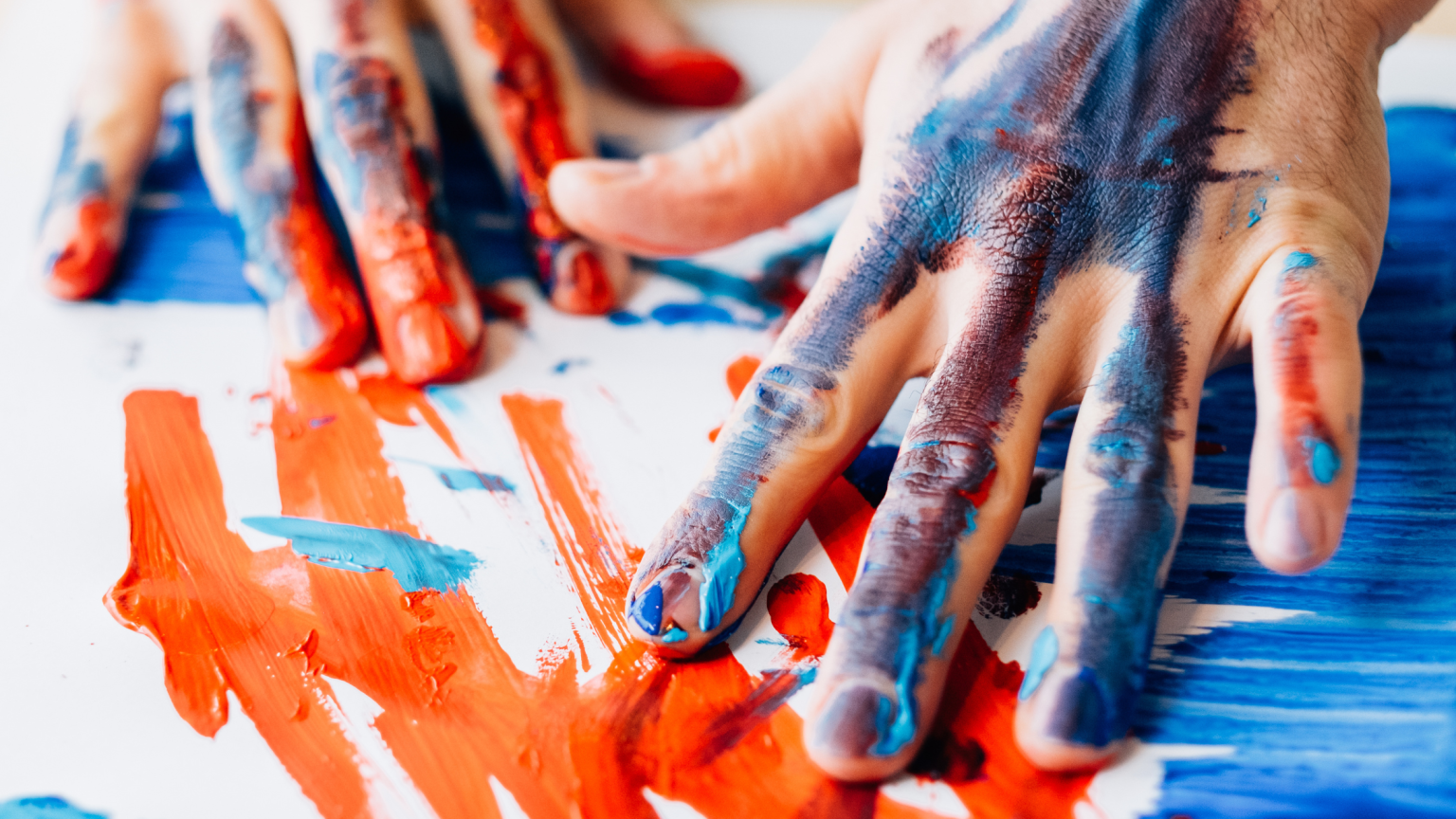Art therapy is more than just creating art or for those who are artistically talented — it is a structured therapeutic approach that combines creative expression with psychological support. Grounded in the belief that the creative process itself can foster healing, art therapy has become an important resource for individuals facing a wide range of mental health concerns. Whether it involves painting, drawing, sculpture, collage, or mixed media, the emphasis lies not on the final product, but on the process and the meaning behind it.
By providing a safe and nonjudgmental space, art therapy invites people to explore emotions, release tension, and gain insight in ways that traditional talk therapy may not always allow.
Expressing the Unspeakable
Certain emotions or memories can feel too overwhelming or complex to express verbally. In such cases, art therapy provides an alternative language. Through color, imagery, and form, individuals can communicate experiences that might otherwise remain hidden.
For example, a client struggling with grief may find it easier to convey feelings of emptiness or loss through abstract shapes or symbolic images rather than through words. Over time, reflecting on these images with the guidance of a therapist can help uncover meaning, bring clarity, and support emotional release.
Reducing Stress and Anxiety
Research has shown that engaging in creative activities can lower cortisol levels, the body’s primary stress hormone. In art therapy, structured exercises such as mindful doodling, mandala drawing, or clay work encourage relaxation and focus on the present moment.
This act of “flow”—being fully absorbed in a creative task—helps quiet intrusive thoughts and reduces feelings of anxiety. The process fosters a sense of calm and provides a healthy coping mechanism for daily stressors.
Supporting Trauma Recovery
Trauma often lives in the body and can resurface as intrusive images, flashbacks, or intense emotions. Talking about traumatic events directly may feel unsafe or overwhelming. Art therapy offers a gentle and contained way to approach trauma.
By externalizing difficult experiences into visual form, individuals create distance between themselves and the trauma, which allows for safer exploration. Over time, this creative processing can help integrate fragmented memories, restore a sense of control, and build resilience.
Enhancing Self-Awareness
Art-making often acts as a mirror, reflecting inner thoughts and patterns. Through guided reflection, individuals in art therapy may uncover unconscious beliefs, recurring themes, or emotional triggers.
For instance, someone who repeatedly draws enclosed spaces may discover underlying feelings of confinement or fear. Recognizing these patterns fosters greater self-awareness, which is a vital step toward meaningful change and personal growth.
Building Self-Esteem and Empowerment
The simple act of creating something tangible can be deeply affirming. Art therapy emphasizes process over perfection, allowing individuals to reconnect with their creativity without the pressure of judgment.
Completing an artwork instills a sense of accomplishment, reinforcing the belief that one is capable of shaping and transforming something. This sense of agency often carries into other areas of life, fostering confidence, empowerment, and self-worth.
Strengthening Emotional Regulation
Emotions can feel overwhelming when held inside, but through art, they can be externalized and transformed. For example, anger might be expressed with bold, jagged lines, while sadness might be shown through muted colors or softer textures.
By translating feelings into visual form, individuals gain the ability to observe, process, and regulate them more effectively. Over time, this practice enhances emotional resilience and improves day-to-day coping skills.
Promoting Connection and Communication
Isolation often accompanies mental health struggles. In group settings, art therapy creates opportunities for shared experience and connection. Sharing artwork can open conversations that might otherwise feel too vulnerable or difficult to begin.
The communal aspect of group art therapy fosters a sense of belonging, helping individuals feel seen, validated, and supported. This connection reduces loneliness and strengthens social bonds, both of which are protective factors for mental health.
Who Can Benefit from Art Therapy?
Art therapy is versatile and adaptable, making it beneficial for a wide range of people, including:
-
Children and adolescents processing developmental challenges or school stress
-
Adults navigating depression, anxiety, or trauma recovery
-
Older adults facing cognitive decline, grief, or life transitions
-
Individuals with chronic illness or pain seeking nonverbal outlets for distress
-
People in recovery from substance use, seeking healthier coping strategies
Because it requires no artistic skill, art therapy is accessible to anyone willing to explore creative expression.
Art therapy offers a unique and powerful way to support mental health. By engaging with creativity, individuals can process emotions, reduce stress, strengthen resilience, and rediscover a sense of self. It is not about creating a “perfect” piece of art, but about embracing the healing journey that unfolds through the act of making.
For many, art therapy becomes not only a tool for healing but also a lifelong practice of self-expression and empowerment. If you are interested in art therapy, feel free to contact us to begin your journey!



